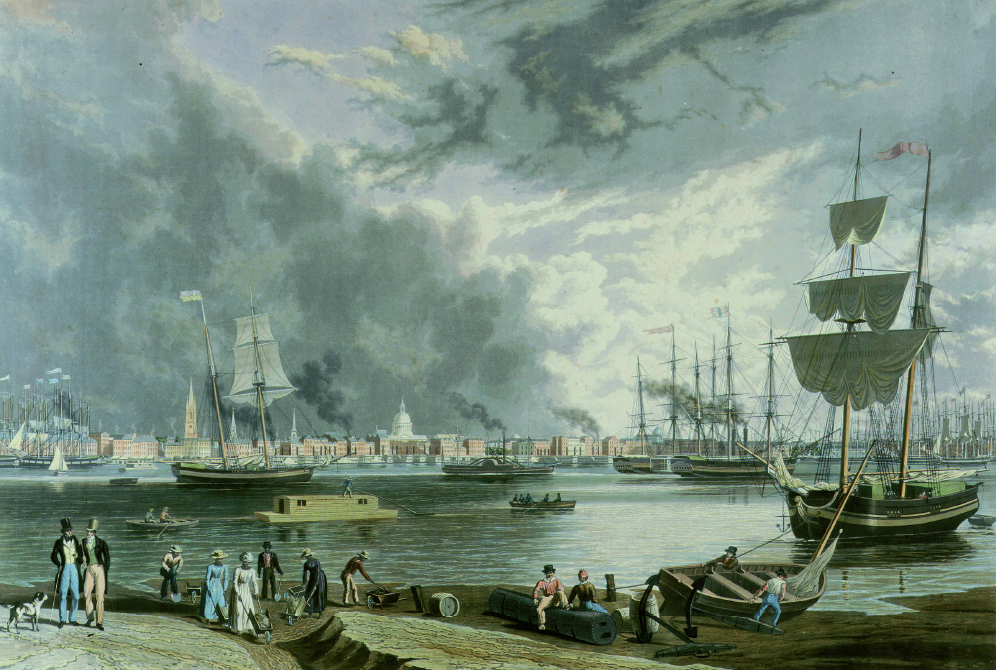Exploring American Histories: Printed Page 296
Exploring American Histories, Value Edition: Printed Page 249
Urban Life in the Slave South
The insistence on the supremacy of slave owners had broad repercussions. The richest men in the South invested in slaves, land, and household goods, with little left to develop industry, technology, or urban institutions. The largest factory in the South, the Tredegar Iron Works in Richmond, Virginia, was constructed in 1833, and by 1850 it employed several hundred free and enslaved African Americans. Most southern industrialists, however, like South Carolina textile manufacturer William Gregg, employed poor white women and children. But neither Tredegar nor a scattering of textile mills fundamentally reshaped the region’s economy.
The South also fell behind in urban development. The main exception was port cities, which boasted fine shops, a growing professional class, and ready access to national and international news. Yet even in Baltimore, Charleston, and Savannah, commerce was often directed by northern agents, especially cotton brokers. In addition, nearly one-third of southern whites had no access to cash and instead bartered goods and services, further restricting the urban economy. In the South, only Baltimore and New Orleans reached a population of 100,000 by 1850.
Despite their relative scarcity, southern cities attracted many free blacks, providing them with the best hope of finding employment and distancing themselves from hostile planters. The growing demand for cheap domestic labor in urban areas and planters’ greater willingness to emancipate less valuable single female slaves meant that free black women generally outnumbered men in southern cities. These women worked mainly as washerwomen, cooks, and general domestics, while free black men labored as skilled artisans, dockworkers, or sailors in southern seaports. In these jobs, free blacks competed with slaves and with growing numbers of Irish, German, and Jewish immigrants who flocked to southern cities in the 1840s and 1850s. The presence of immigrants and free blacks and the reputation of ports as escape hatches for runaway slaves ensured that cities remained suspect in the South.
The scarcity of cities and industry also curtailed the development of transportation. State governments and private citizens invested little in roads, canals, and railroads. Most small farmers traded goods locally, and planters used the South’s extensive river system to ship goods to commercial hubs. Where rivers did not meet this need, rail lines were sometimes built. However, only Virginia and Maryland, with their proximity to the nation’s capital, developed extensive rail networks.
